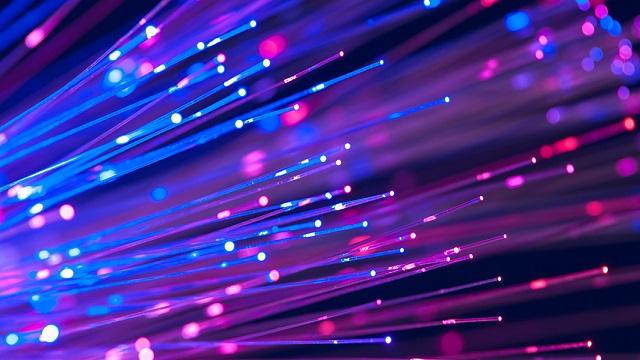Scientists have developed new hardware that consistently provides high-speed broadband connectivity. The new technology enables dedicated data rates at more than 10,000 megabits-per-second (Mb/s) for a truly super-fast, yet low-cost, broadband connection, researchers said.
Scientists, including those from the University of Cambridge in the UK, developed a simplified receiver to be used in optical access networks: the links connecting Internet subscribers to their service providers.
“To maximise the capacity of optical fibre links, data is transmitted using different wavelengths, or colours, of light. Ideally, we’d dedicate a wavelength to each subscriber to avoid the bandwidth sharing between the users,” said Polina Bayvel, from UCL.
Although this is already possible using highly sensitive hardware known as coherent receivers, they are costly and only financially viable in core networks that link countries and cities.
The new, simplified receiver retains many of the advantages of coherent receivers, but is simpler, cheaper, and smaller, requiring just a quarter of the detectors used in
conventional receivers.
Simplification was achieved by adopting a coding technique to fibre access networks that was originally designed to prevent signal fading in wireless communications.
This approach has the additional cost-saving benefit of using the same optical fibre for both upstream and downstream data.








